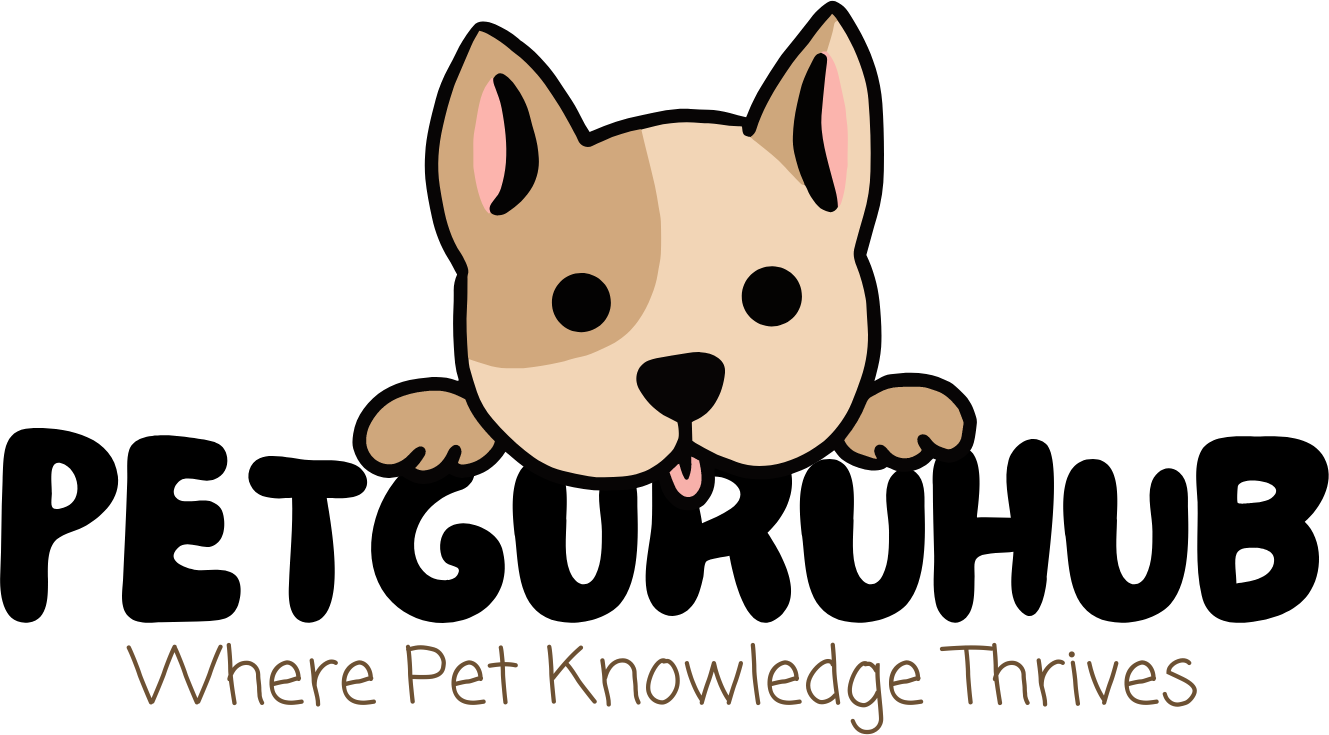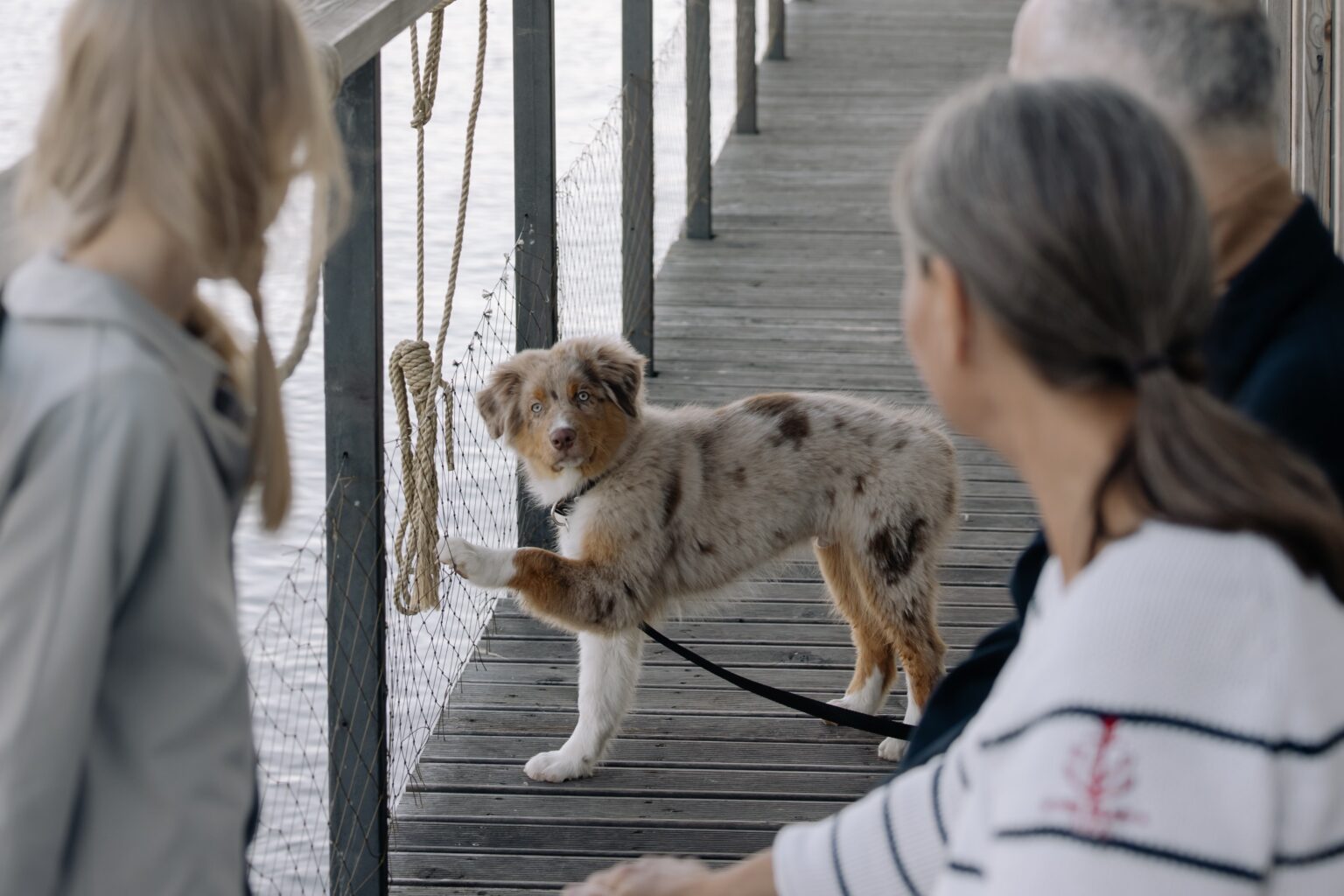Introduction to Understanding Dog Communication
Dogs use various forms of body language, vocalizations, and actions to communicate their internal state, needs, and desires. Learning to interpret our canine companions’ unique signals is crucial for building strong relationships and ensuring our pups lead happy, healthy lives. This article will provide dog owners with an in-depth guide on deciphering their dog’s communication and fostering positive interactions.
- Key topics covered include:
- An overview of the main ways dogs communicate
- Body language
- Vocalizations
- Actions
- How to understand common dog behaviors and what they mean
- Aggression
- Anxiety
- Excitement
- Submission
- Friendliness
- Interpreting signals based on your dog’s unique personality and breed characteristics
- Using your knowledge to build a strong bond and better train your dog
- An overview of the main ways dogs communicate
Understanding our furry friends is a lifelong process, but learning to observe and interpret their unique signals will enrich our relationships and improve their quality of life. This guide aims to give dog owners the key skills needed to better understand what their pup is trying to say.
Dog Communication Methods
Dogs utilize various forms of body language, vocalizations, and actions to express themselves. Learning to recognize and interpret these signals is key to understanding your pup.
A. Body Language
A dog’s body language provides important insight into their emotional state. Behaviors to look for include:
- Tail wagging: Fast wagging shows excitement, slow wagging indicates uncertainty. Wagging low or between the legs signals anxiety or submission.
- Ear position: Erect ears demonstrate attention, while folded back ears communicate fear.
- Facial expressions: Relaxed eyes and mouth indicate contentment. Wrinkled muzzle and bared teeth are signs of aggression.
- Posture: Dominant dogs carry themselves tall with tail and head held high. Anxious dogs appear lowered with tail tucked.
- Calming signals: Behaviors like lip licking, yawning, or averting gaze used to diffuse tension.
B. Vocalizations
Dogs also express themselves through various barking, whining, growling and other vocalizations:
- Barking can signal alarm, loneliness, boredom, or excitement depending on tone.
- Whining indicates anxiety, fear, or a desire for attention.
- Growling is a warning sign of irritation or feeling threatened.
- Howling is used for communicating location over long distances.
C. Actions
Certain dog behaviors also convey specific meanings:
- Play bows invite another to play or help initiate play.
- Mounting demonstrates dominance and can mark territory.
- Chewing and digging can reflect stress, anxiety or boredom.
- Lunging or jumping may communicate frustration or over-excitement.
Paying attention to your dog’s unique communication style provides insight into their inner world and builds your bond.
Common Dog Behaviors and What They Mean
Understanding what your dog is trying to communicate through their behaviors and actions is key. Here are some common dog behaviors and what they signify:
A. Aggression
Aggressive behaviors like growling, baring teeth, stiff posture, or biting can signal:
- Fear aggression: When a dog feels threatened, they may respond aggressively to protect themselves.
- Possessive aggression: Dogs can show aggression when defending food, toys, or other resources.
- Territorial aggression: Some dogs show aggression when protecting their property or space.
B. Anxiety
Anxiety behaviors like whining, pacing, trembling, or destructive chewing may indicate:
- Separation anxiety: Distress when left alone. Dogs may vocalize, eliminate, or destroy property.
- Noise anxiety: Loud noises like thunder or fireworks can trigger fearful reactions.
C. Excitement
Excited behaviors like jumping, mouthing, barking, or energetic play show eagerness and joy.
D. Submission
Submissive postures like crouching, rolling over to expose belly, or tucking tail communicate deference. Submissive urination can also occur when anxious.
E. Curiosity and Friendliness
Relaxed body language, upright tail, and approaches or sniffing demonstrate curiosity, sociability and friendliness.
Paying attention to context helps interpret these behaviours accurately. Consulting a professional can assist with ongoing issues.
Understanding Your Dog’s Unique Signals
While all dogs communicate through similar body language, vocalizations, and actions, each dog has their own unique communication style based on:
A. Breed Characteristics
- Certain breeds like hounds tend to vocalize more through baying or howling.
- Herding breeds often exhibit herding behaviors like nipping or circling.
- Terriers are prone to excitement and high energy.
B. Individual Personality
- Some dogs are more vocal, others more quiet.
- Certain dogs are more fearful and prone to anxiety.
- Highly social dogs enjoy frequent interaction.
C. The Dog’s Environment and Context
- Past experiences like trauma can influence a dog’s behaviors.
- The dog’s current situation impacts how they communicate.
- Repeated triggers like loud noises can create lasting fear responses.
Getting to know your dog’s unique personality, breed traits, and background will help you better interpret their signals in different contexts. This builds your bond and understanding.
Building Strong Communication with Your Dog
To build a strong bond with your dog, focus on understanding and respecting their unique forms of communication.
- Observe your dog’s body language, vocalizations, and actions to interpret their signals.
- Provide a predictable daily routine and environment to reduce anxiety.
- Use positive reinforcement training to reward desired behaviors.
- Employ clear commands and be consistent.
- Praise and treat good responses to reinforce them.
- Respect your dog’s needs:
- Sufficient exercise and enrichment.
- Proper nutrition.
- Comfort and interactions.
- Manage their triggers for unwanted fear or excitement behaviors.
- Consult trainers or behaviorists for help with ongoing issues.
Building a strong vocabulary of communication and understanding creates trust and a lifelong bond.
Socializing Your Puppy
Properly socializing your puppy is crucial for raising a well-adjusted, happy dog. Use these tips to help your pup develop good behaviors and become comfortable in different environments:
- Start socialization early, between 3-16 weeks old. The most critical window is before 12 weeks[1].
- Gradually expose your puppy to new situations, people, animals, places, sounds, and handling[2].
- Make experiences positive by pairing with treats and keeping encounters brief and successful[3].
- Practice basic commands like “sit”, “stay”, and “come” to reinforce training during socialization[4].
- Attend puppy classes for safe, structured socialization with other pups and people[5][6].
- Try virtual training events and videos if in-person options are limited[5].
- Ensure your pup gets vaccinated on schedule so they can safely interact with other dogs.
- Monitor your puppy for signs of fear like cowering, trembling, or hiding and slow exposures if needed[6].
- Make socialization fun! Use toys, games, and praise to build your pup’s confidence.
Proper socialization in a puppy’s early months leads to better behaviour and a happier, well-adjusted companion. Consult a trainer if you have concerns.
Conclusion
Understanding dog communication through body language, vocalizations, and actions allows us to better interpret our canine companions’ unique signals and build strong bonds.
Key Takeaways:
- Observe your dog’s posture, facial expressions, tail and ear movements to read their emotions.
- Pay attention to barking patterns, whining, growling and other vocalizations.
- Note behaviors like chewing, digging, mounting to understand their meaning.
- Consider your dog’s breed, personality and context to better interpret signals.
- Use positive reinforcement training and consistent routines to communicate.
- Managing triggers and consulting professionals can help ongoing issues.
The more we understand what our pups are trying to communicate, the stronger our connection will be. While interpreting your dog’s unique language takes time and practice, it ultimately allows us to be the best pet parents possible.


